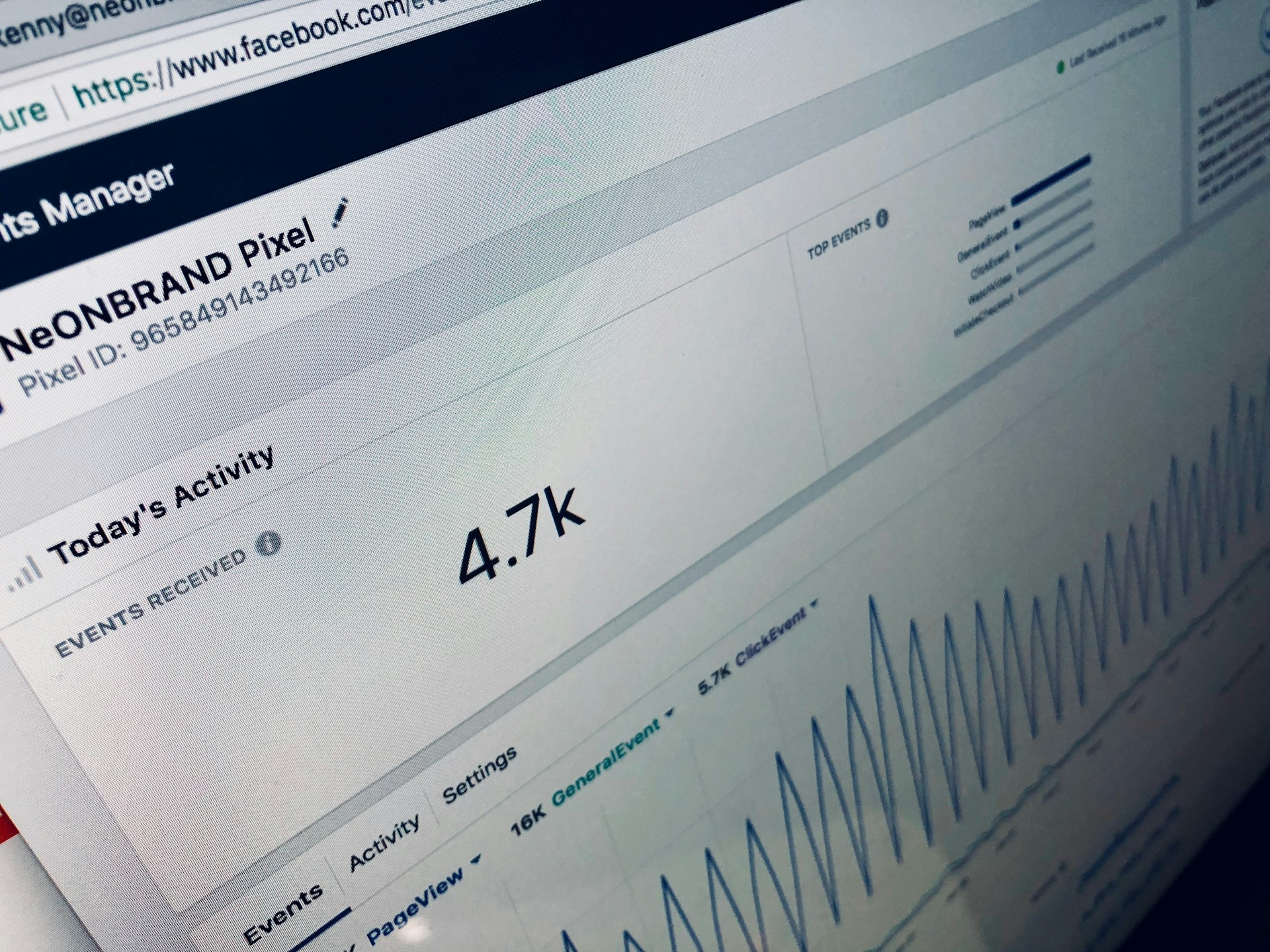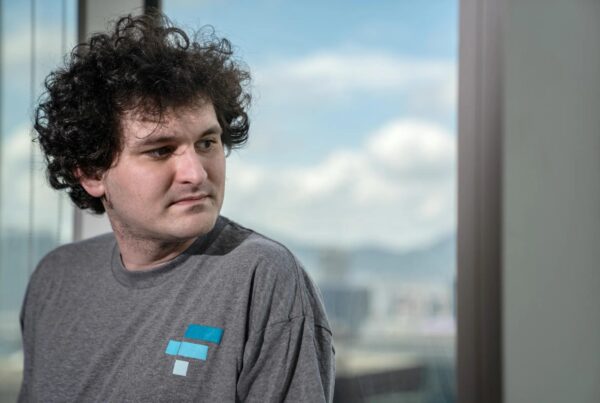Global advertising spend in 2025 is expected to exceed the initial forecast after research organization WARC revised its growth projection to 7.4 percent. This figure means the global advertising market could reach US$1.17 trillion next year. That surge is not merely a statistic, but a reflection of a fundamental change in how the global industry positions its communication and marketing strategies.
This rise also underscores a major shift toward a digital ecosystem. Nearly all growth is driven by online platforms, ranging from social media, digital video, to retail media. Latest data show that nine out of every ten dollars of additional advertising spend flow into the digital realm. This condition marks a permanent transformation that narrows the space for traditional media.
Dominance of Digital Platforms in Growth
The shift in advertising spending cannot be separated from the rapid growth of digital platforms. Advertising investment is now more focused on channels that can measure performance in detail, while also providing opportunities for audience personalization.
Social Media and Video as the Main Driving Force
Social media and digital video formats have emerged as the main drivers of advertising spend. Short video formats such as TikTok, Instagram Reels, and YouTube Shorts show a significant increase. According to a WARC report, advertising spending in this sector is expected to rise by double digits in 2025.
The growth is not only driven by the number of users, but also by the platform's ability to provide an environment for content creators. The data show that advertising revenue around the creator ecosystem has the potential to rise by up to 20 percent. This confirms that audiences nowadays trust communications that come through the creator figure more than traditional advertising.
On the other hand, digital video platforms such as YouTube also expand their reach through integration with streaming services. Advertisers consider video-based ads to be more capable of generating engagement. In addition, the cost per thousand impressions (CPM) on video channels is relatively more competitive than traditional television advertising, thus attracting the attention of global brands.
Retail Media Becomes the Fastest-Growing Channel.
Retail media is expected to grow the fastest, rising around 14.4 percent to US$176.2 billion. The report states that the share of retail media will reach 15.2 percent of total global advertising expenditure. This format is considered effective because the advertisement is displayed directly near the point of purchase, so the conversion rate is much higher.
This phenomenon is clearly visible in the Indian market, where e-commerce-based advertising jumped 26 percent in the current fiscal year. Global and local retailers have begun to rely on advertising as a core source of revenue, while brands gain access to more detailed consumer behavior data. This condition creates a symbiosis between the platform and advertisers.
Differences in projections among institutions
Although WARC is optimistic, several other research institutions are still cautious in providing projections. This indicates that the global advertising market remains in a state of uncertainty, influenced by macroeconomic factors.
MAGNA and WPP Media express conservative views.
MAGNA expects global ad spending to grow by only 4.9 percent in 2025, to around US$979 billion. This report highlights the risk of an economic slowdown in several major economies as well as the impact of inflation on consumer spending.
WPP Media, which was previously known as GroupM, also trimmed its projection to around US$1.08 trillion. They highlight concerns about trade tariffs that could put pressure on the automotive, retail, and electronics sectors. This difference in numbers is normal, because each institution uses different methodologies, media coverage, and definitions of revenue.
However, despite numerical variations, all institutions agree that digital remains the engine of growth. This strengthens the position of big tech companies as dominant players in the global advertising landscape.
Sensitivity to Trade Policy
The trade tariff factor is referred to as an important variable that can alter the direction of advertising spending. Several major advertisers have admitted to having prepared alternative scenarios if import costs rise significantly. The electronics and automotive sectors are among the most vulnerable to this policy.
On the other hand, there are indications of a windfall effect before the new tariffs take effect. Second-quarter data show a surge in advertising spending in the United States as companies seek to maximize promotions before product prices rise. This phenomenon could make 2025 growth appear higher, but with the risk of a slowdown in the following period.
Brand Strategy Facing 2025
In a market situation full of opportunities as well as risks, global and local brands are required to be more adaptive in formulating their communication strategies.
Optimization of Digital Channels that Convert.
The primary priority of advertisers is to allocate their budget to channels that have proven capable of generating conversions. Retail search, sponsored product, and shoppable video are viewed as the most relevant formats. WARC emphasizes that retail media will be the fastest driver of advertising spend, so brands need to capitalize on this momentum.
Data integration is the key. Advertisers must be able to connect advertising metrics with return on ad spend (ROAS), lifetime value (LTV), and contribution margin. Thus, cross-platform allocation can be maintained even though macro conditions change.
The Role of Content Creators in the Advertising Ecosystem
Partnership with content creators has now become an important element of marketing strategy. Brands must build long-term relationships with creators to maintain messaging consistency. In addition, the copyright contract and measurement of campaign impact need to be formalized so that each investment can be evaluated clearly.
The creator ecosystem also enables brands to reach audiences that are hard to reach with conventional advertising. With this approach, the company can leverage the personal trust between creators and their followers.
The importance of flexible budgeting scenarios.
Global uncertainty requires companies to prepare more than one budget scenario. Baseline can follow the WARC projection with a growth of 7.4 percent. However, it is also necessary to prepare a conservative scenario with an assumption of growth of around 4 to 5 percent, as well as an aggressive scenario to take advantage of seasonal promotional moments.
This flexible approach will help the company adapt quickly if global economic conditions change. In addition, this strategy ensures advertisers remain relevant and competitive in the face of increasingly intense competition.
Global ad spend projection for 2025 offers renewed optimism, with growth higher than initial estimates. However, digital dominance brings its own challenges because it makes the market increasingly dependent on the performance of technology platforms. To survive and grow, advertisers must be selective in choosing channels, strengthen relationships with creators, and prepare flexible budgeting scenarios.
Discover more from Insimen
Subscribe to get the latest posts sent to your email.










